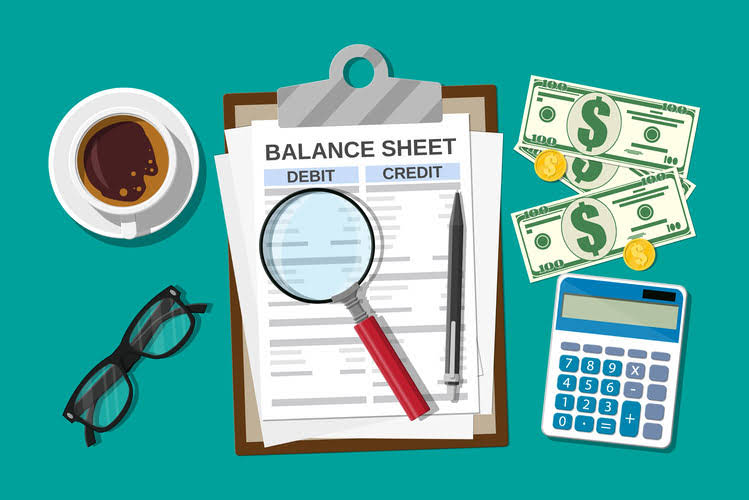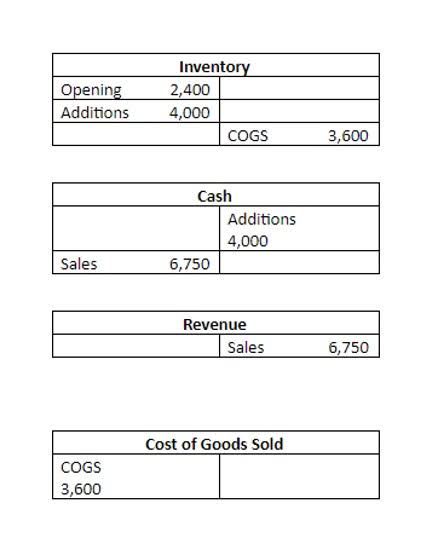
The value of the retained earnings increases in a year when the company earns net income and decreases in a year when the company incurs income statement a net loss. When a dividend is declared and paid, retained earnings are reduced by the amount of the dividend. «Basically I am trying to determine how to properly add personal expenses to an account in quickbooks. So far I’ve added «shareholder distribution» and the balance sheet keeps going negative.»

Strategies to Address Negative Balances
Founded in 1993, The Motley Fool is a financial Bakery Accounting services company dedicated to making the world smarter, happier, and richer. HMRC themselves say that legality of dividends is none of their business. So, as I said, client here may have many issues but tax is not one of them. Unless the directors’ had reason to believe there were sufficient profits to pay a dividend, then they cannot have declared a legal dividend. Based on the information presented here it seems unlikely they could have believed that.

Accounting Treatment for Dividends Paid
- Negative retained earnings can distort key financial ratios used to assess a company’s health.
- If the cumulative earnings minus the cumulative dividends declared result in a negative amount, there will be a negative amount of retained earnings.
- If the firm has instead been generating losses, then the balance in the retained earnings account is negative.
- Many owner managers include dividends in their compensation arrangements.
- Doing so might be a violation of the Canada Business Corporations Act, the Ontario Business Corporations Act, or other business corporation acts under which the corporation is incorporated.
- As a result, additional paid-in capital is the amount of equity available to fund growth.
Revenue, sometimes referred to as gross sales, affects retained can you have negative retained earnings earnings since any increases in revenue through sales and investments boost profits or net income. As a result of higher net income, more money is allocated to retained earnings after any money spent on debt reduction, business investment, or dividends. Net profit refers to the total revenue generated by a company minus all expenses, taxes, and other costs incurred during a given accounting period.

Examples of Negative Amounts in the Equity Section

When a company consistently retains part of its earnings and demonstrates a history of profitability, it’s a good indicator of financial health and growth potential. This can make a business more appealing to investors who are seeking long-term value and a return on their investment. One way to assess how successful a company is in using retained money is to look at a key factor called retained earnings to market value. It is calculated over a period of time (usually a couple of years) and assesses the change in stock price against the net earnings retained by the company. If a company’s retained earnings are less than zero, it is referred to as an accumulated deficit.
- Errors in financial statements, once corrected, may reveal previously unrecognized losses.
- It increases the total contributions to the company’s capital, which you have already listed as $184,711.
- A persistent deficit highlights ongoing financial challenges, prompting scrutiny of operational strategies and financial decisions.
- Mature companies with limited growth opportunities may prioritize shareholder returns over reinvesting in the business, increasing the likelihood of negative retained earnings if not carefully managed.
- Negative retained earnings do not carry any direct legal implications in most cases.
- Ask questions, get answers, and join our large community of Intuit Accountants users.
Revenue vs. net profit vs. retained earnings
The SmartBiz® Small Business Blog and other related communications from SmartBiz BankSM are intended to provide general information on relevant topics for managing small businesses. Be aware that this is not a comprehensive analysis of the subject matter covered and is not intended to provide specific recommendations to you or your business with respect to the matters addressed. Please consult legal and financial professionals for further information. There’s almost an unlimited number of ways a company can use retained earnings. Shaun Conrad is a Certified Public Accountant and CPA exam expert with a passion for teaching.
Restructure the business:
- Negative retained earnings can also restrict a company’s ability to pay dividends to shareholders or signal a need for external funding.
- Many negative earnings and long-run operating losses indicate that the entity might face going concerned or bankrupt.
- Yes, a company can recover from negative retained earnings by implementing effective financial management strategies, enhancing profitability, and reducing losses.
- Revenue is the income a company generates before any expenses are taken out.
- These individuals can provide valuable insights and guidance on how to get the company back on track.
- This figure represents the cumulative net losses or dividends paid out in excess of profits earned over time.
Additional paid-in capital is included in shareholder equity and can arise from issuing either preferred stock or common stock. The amount of additional paid-in capital is determined solely by the number of shares a company sells. A company’s shareholder equity is calculated by subtracting total liabilities from its total assets. Shareholder equity represents the amount left over for shareholders if a company pays off all of its liabilities.